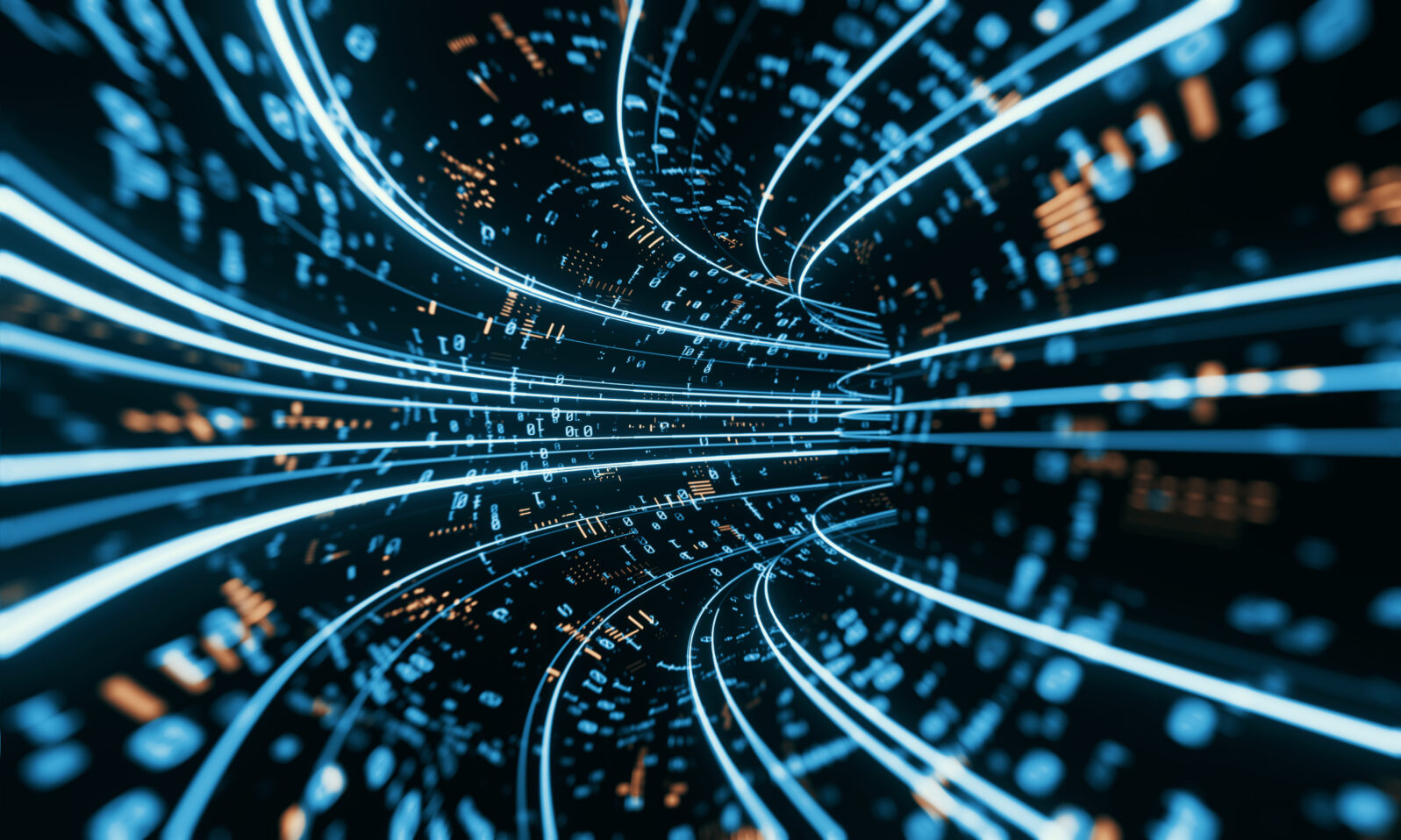The Brain Is Not a Computer and Big Data Is Not a Big Answer
These claims are mere tales from the AI apocalypse, as George Gilder tells it, in Gaming AI Video still from Uncommon Knowledge at YouTube
Video still from Uncommon Knowledge at YouTubeIn Gaming AI, George Gilder (pictured) sets out six assumptions generally shared by those who believe that, in a Singularity sometime soon, we will merge with our machines.
Some of these assumptions seem incorrect and they are certainly all discussable. So let’s look at the first two:
• “The Modeling Assumption: A computer can deterministically model a brain.” (p. 50)
That would be quite difficult because brains don’t function like computers:
As neuroscientist Yuri Danilov said last year, “Right now people are saying, each synoptical connection is a microprocessor. So if it’s a microprocessor, you have 1012 neurons, each neuron has 105 synapses, so you have… you can compute how many parallel processing units you have in the brain if each synapse is a microprocessor.
But as soon as you assume that each neuron is a microprocessor, you assume that there is a programmer. There is no programmer in the brain; there are no algorithms in the brain.”
News, “Why the brain is not at all like a computer” at Mind Matters News
If there is a programmer, it’s your mind, which works through your brain, often in unexpected ways. But all proposals to give computers minds have failed.
The comparisons offered by experts are not useless. Often, they use ideas from computer science in order to explain how some aspect of the brain works. But it helps to see that these ideas are only partial. For example, the brain is not billions of little computers. Nor is it a meat computer. It vastly exceeds the most powerful computers in efficiency but it is not directed to calculation as such. That’s why computers can so easily beat us at calculations, not because they are smarter than us.
The second assumption Gilder tackles:
• The Big Data Assumption: The bigger the dataset, the better. No diminishing returns to Big Data. (p. 50)
Pomona College economics prof Gary Smith could certainly offer some pushback on that one! In a new book, The Phantom Pattern Problem, he and Jay Cordes outline the growing problem with that assumption:
Humans naturally assume that all patterns are significant. But AI cannot grasp the meaning of any pattern, significant or not. Thus, from massive number crunches, we may “learn” (if that’s the right word) that
– Stock prices can be predicted from Google searches for the word debt.
– Stock prices can be predicted from the number of Twitter tweets that use “calm” words.
– An unborn baby’s sex can be predicted by the amount of breakfast cereal the mother eats.
News, “The Perils of Big (Meaningless) Data” at Mind Matters News
The Bigger the Data, the more patterns can be found, including vast numbers of meaningless ones. But because humans tend to assume that patterns must somehow be significant, we tend to believe them. The study of moms and breakfast cereal was published in Proceedings of the Royal Society. Smith notes that science publications now face many problems with Big Data driving research:
The problem is that, after the fact, researchers concoct semi-plausible theories that are consistent with the patterns they discover and then report statistical tests of these theories using the same data that yielded the theories. Such tests are meaningless…
One especially damaging example is a study by two Harvard professors, Carmen Reinhart and Ken Rogoff, that concluded that nations are likely to experience recessions when the ratio of federal government debt to the nation’s annual output goes above a 90 percent tipping point. This flawed conclusion persuaded many governments to try to reduce their budget deficits by cutting spending and raising taxes—which caused the deep recessions they were trying to avoid. Turning military operations over to AI algorithms is potentially even more dangerous.
News, “The Perils of Big (Meaningless) Data” at Mind Matters News
He notes that some research journals are fighting back by requiring authors to submit pre-research plans describing how the data will be analyzed and provide post-research reports detailing any departures from the initial plan.
The main thing to see is that, when it comes to data, bigger is not necessarily better and huge advances promised from Big Data alone probably Won’t Happen.
Gaming AI is free for download here.
You may also enjoy: Is Ray Kurzweil’s singularity nearer or still impossible?
The brain is not a meat computer Dramatic recoveries from brain injury highlight the difference (neurosurgeon Michael Egnor)
and
Ransacking flawed data for hidden treasures seldom ends well. The Internet provides a firehose of data that financial market researchers can use to interpret human behavior—but cherry-picked patterns usually vanish (Gary Smith)
